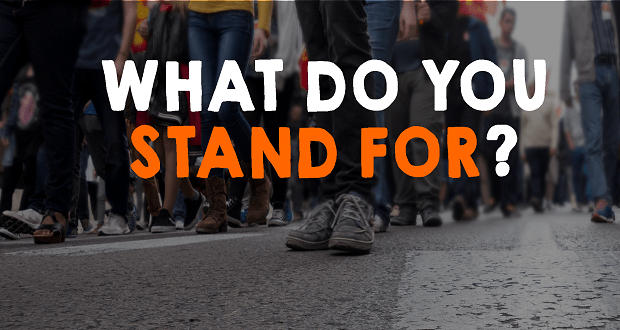
Last week, we underscored the need to know the “rules of the road” when mapping the intersection of inclusion and social justice. The complex nature of this work, being grounded in identity, experiences, and other factors that seem much more intangible than traditional business measures, requires even more complex considerations.
As shared previously, we must meet people where they are, understanding that success in this work demands a developmental approach. Certainly, that is a lot easier said than done. To those individuals impacted by systemic barriers every day, and those who are committed to dismantling those barriers, this work comes with a sense of urgency. When the work is tied to your humanity, core to who you are, and in the more extreme cases, a matter of life and death, meeting someone where they are might feel unyielding.
Perhaps this is one of the biggest challenges when mapping the intersection between diversity & inclusion and social justice. In reality, the social manifestations of inequity often time outpace the level of understanding of and actions taken by organizations and leaders. Challenges and “dead-ends” in the corporate space are often time driven by apathy (There’s not much we can do.”), reluctance (“Our culture isn’t ready.”) and sometimes, an honest disconnect from some of the issues (“What goes on out there has nothing to do with the workplace.”). These nuances make establishing a sound “moral and values case” requisite to effectively mapping this intersection.
Core to developing an impactful moral and values case, is understanding what the organization and its leaders stand for. During polarizing times, in particular, our goal should be to find common ground and a shared vision aligned with the organization’s values. Mary-Frances Winters spoke about this at a recent keynote, and challenged the audience to be intentional in standing for rather than standing against.
Given our sociopolitical environment, it can seductive to just wallow in what we stand against—things like hate, intolerance, racism, inequity. But there is so much power and opportunity for action when leaning into what we stand for—acceptance, equity, inclusion, people. Leaning into what an organization stands for depoliticizes social justice. Equity and justice is less about political leanings than it is about valuing the humanity in all people. When espousing to value the humanity in all people, the affirmation of black life shouldn’t feel as taboo, and being accepting of those who have a different lived experience from ours shouldn’t either.
When mapping the intersection between diversity and inclusion and social justice within your organization, it’s important to have this common language. If the organization stands for acceptance, equity, and inclusion, what does that even mean? What are the behaviors associated with standing for those things? What needs to happen to hold the organization accountable to living out those values? What behaviors must leaders practice in order to live out those values, both within and outside the organization? What norms currently exist that are counter to those values? What strategies would support the organization in fully actualizing these values?
And most of all, what risks will the organization be willing to take?


















